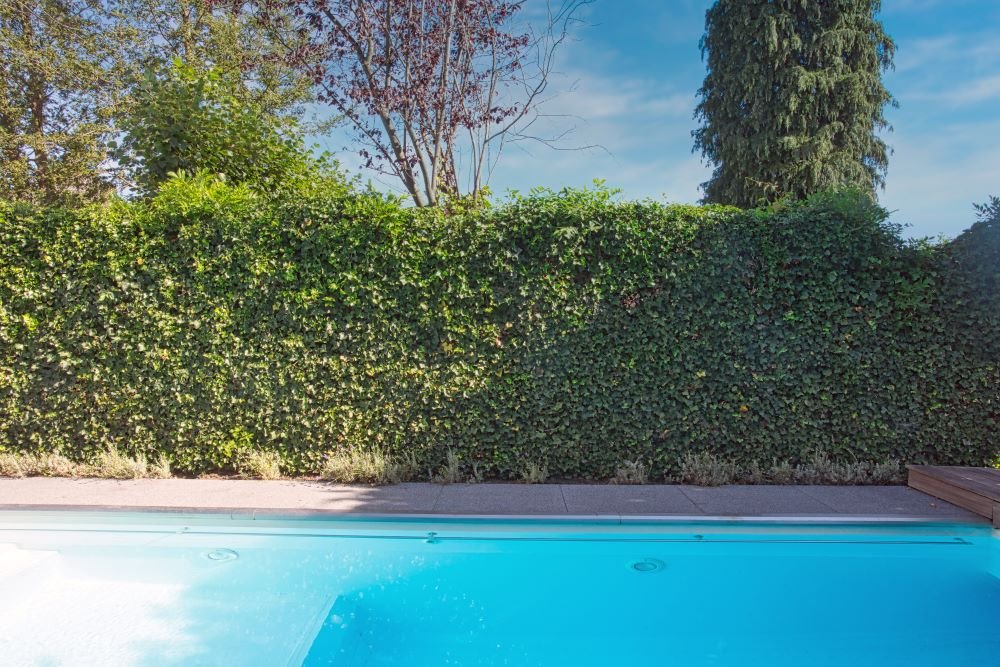In this article, you will find a wealth of information about the lifespan of an inground pool and its components.
In recent years, many homeowners, forced to spend their summers at home, have decided to landscape their backyard accordingly and have had an inground pool installed.
As paradoxical as it may seem, during this same period, other homeowners opted to demolish their inground pools because they were damaged and the cost of renovating them was too high. Not to mention, a lot of time, money, and energy must be invested just to keep a pool in working order and compliant with new regulations for private pools. That said, even with maximum care, an inground pool will eventually reach the end of its lifespan and will need to be either demolished or renovated at great expense.
In this article, you will find a wealth of information about the lifespan of an inground pool and its components. This information could help you make a better decision if you are considering purchasing a pool, whether it is inground or above-ground, whether to demolish or renovate your inground pool, or even to acquire a home that has an older inground pool.
QUEBEC’S WEATHER IMPACTS THE LIFESPAN OF INGROUND POOLS
Quebec’s weather has several characteristics that affect the lifespan of inground pools and complicate the lives of their owners.
However, without a doubt, the many freeze-thaw cycles are the most damaging.
Indeed, the frequent freezing and thawing can cause the ground supporting the pool to “shift.” This can lead to issues with the pipes buried in the ground, which are not always flexible enough to absorb the movement. When these pipes contain water and the temperature drops, they can freeze and crack due to the increase in volume.
Reinforced concrete can also suffer from freeze-thaw cycles since it is not a very flexible material. When movement occurs, the concrete can crack, which can expose the reinforcing bars to oxygen and moisture, two elements that combine to cause rust.
It’s also important to note that in certain areas of Quebec, hydrostatic pressure from groundwater (especially during snowmelt or after heavy rain) can exert enormous pressure on the pool structure, causing damage.
MAINTENANCE OF AN INGROUND POOL: ESSENTIAL FOR LONG-TERM ENJOYMENT
Before getting into specifics, it’s important to remember that the lifespan of an inground pool is influenced by the level of maintenance it receives. This means that a neglected pool may never reach its expected lifespan.
For example, it is important to backwash and vacuum periodically. You must also ensure that debris doesn’t accumulate in the skimmer or main drain, which could cause the pump to fail. Lastly, proper winterizing can prevent pipes from bursting due to ice pressure.
Health Canada provides guidelines on water quality and safety, which can indirectly impact the lifespan of a pool.
THE LIFESPAN OF VARIOUS INGROUND POOL COMPONENTS
The lifespan of a pool is not easy to define. This is because a pool is composed of many elements, each with its particular lifespan.
As an inground pool owner, you should expect to replace certain components after only a few years, while others may last more than 20 years.
That’s why we’ll take a look at the lifespan of the different components of an inground pool.
LIFESPAN OF INGROUND POOL WALLS OR SHELL
Concrete shell pools have several advantages, including infinite design flexibility. In Quebec, most residential concrete shell pools are lined with vinyl, but it is also possible to finish the concrete without a liner. In both cases, the lifespan is approximately 25 years.
In recent years, fiberglass shell pools have become increasingly popular because they don’t require a pool liner. The lifespan of this type of shell can also exceed 25 years.
LIFESPAN OF AN INGROUND POOL LINER
Most inground pool liners are made of thin but strong vinyl, making them prone to tears from sharp objects or animal claws. UV rays and pool maintenance products will also reduce the elasticity and waterproofing of these liners over time, making them more fragile.
With proper cleaning and maintenance, a vinyl pool liner can last about 12 to 15 years.
LIFESPAN OF A POOL PUMP AND MOTOR
A pool pump with an electric motor is necessary to circulate water and chemicals like chlorine or salt.
Since the pump and motor of an inground pool need to run up to 12 hours a day during the summer season, they typically need to be replaced 8 to 10 years after the pool’s installation.
LIFESPAN OF AN INGROUND POOL FILTER
Most inground pool filters use sand or special earth to remove dirt and debris from the water.
Even with regular cleaning, filters lose their effectiveness over time and generally need to be replaced every 10 years.
LIFESPAN OF AN INGROUND POOL HEATER
Pool heaters are quite common in Quebec due to the northern climate. They come in various types: natural gas, propane, and solar energy.
Since pool heaters can be used frequently and are worn down by elements like chlorine, their lifespan is typically 8 to 10 years.
WHAT TO DO WHEN A POOL EXCEEDS ITS LIFESPAN?
If only mechanical elements of your pool have reached their maximum lifespan, you can opt to replace them, expecting to pay a few thousand dollars.
However, if the structure has reached the end of its life, the cost of repairs will be close to the price of a new pool. The process often starts with demolishing the inground pool before constructing a new one, which usually involves concrete demolition.
There’s also the option to fully demolish the outdated pool and fill the hole with dirt, as it’s prohibited to simply fill an old pool with earth. This kind of demolition work is often accompanied by earthworks to give the garden a new look.
INGROUND SWIMMING POOL REMOVAL SERVICE
FOR POOL DEMOLITION: TRUST EXCAVATION CHANTHIER
When an inground pool has reached its maximum lifespan and the best option is to demolish it, our team offers a turnkey inground swimming pool removal service, including feasibility studies, pool removal, and backfilling the hole. If desired, we can even transport the waste resulting from the work to an authorized site. Contact us to safely remove your inground pool before next summer!


